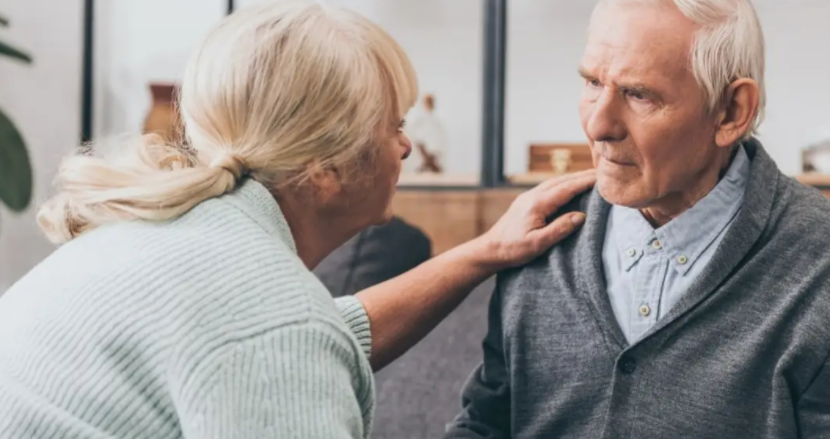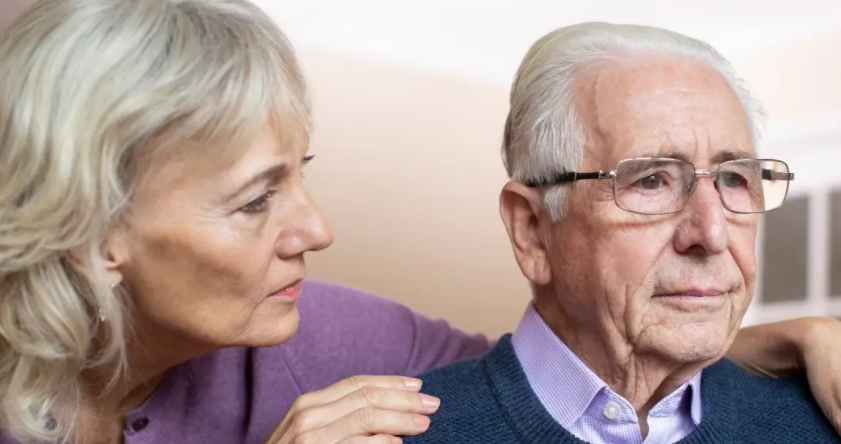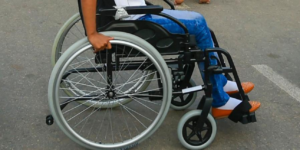Disability Services: Tips for caring people with disabilities

Disability is a difficult test not only for a sick person, but also for his family members, who bear great responsibility on organizing decent living conditions for a relative with disabilities. Disability services is a rather difficult process that requires special skills, and most importantly, patience.
The immobility of the disability services and the inability to perform the simplest household procedures entail a lot of physical and psychological problems, which are extremely difficult to solve without special training. Household chores and changing clothes, moving around the room and leaving the house are fraught with difficulties, but they are all quite solvable.
The main goal of medical and disability services is to provide qualified care, attention and support. In this case, family members can take on the responsibility of caring, or they must be entrusted to a professional nurse or caregiver.
Who should be trusted to care for a person with a disability?

One of the criteria of a civilized society is the attitude of society towards patients who need palliative care. Disability services for persons requiring permanent or temporary care is based on humanitarian principles.
The family is the key link in organizing care for a person with a disability. It is she who creates comfortable conditions and a positive psycho-emotional climate. The willingness of relatives to take care of the patient emphasizes his importance, inspires hope and gives strength in the fight against the disease.
But often relatives cannot take on the responsibility on disability services. This can happen for a number of reasons:
- personal health problems;
- busy work schedule;
- lack of medical knowledge and experience;
- the inability to rebuild the existing way of life.
In addition, it should be borne in mind that disability services may be required for a fairly long time. Up to one year of care is required in 47.2% of all cases, from one to three years – in 35%, more than nine years – in 7.8% of cases. Therefore, relatives often resort to the services of experienced caregivers and nurses. Rehabilitation of patients requires significant material costs, so it is often more profitable for a family to use the disability services of a nurse than to carry out rehabilitation measures and procedures in specialized institutions.
Basic procedures for caring people with disabilities

Constant care of a chronic patient in most cases is associated with medical manipulations and daily procedures:
- general care;
- walks and massage;
- injections;
- help with feeding;
- limb development, restoration of speech and swallowing functions and other special procedures;
- dressings.
It takes a lot of effort, time, patience, tact and attention to ensure the proper quality of life and the proper level of care. It is important to know how to properly move the patient so as not to injure him or herself, what position in bed is better to give him in order to prevent sagging of the joints and contractures. Insufficient care can lead to unwanted complications and exacerbate the disease.
How to arrange patronage correctly

The Civil Code of the Australian Federation provides for 2 options for guardianship:
- full custody;
- patronage .
The first option is preferable in cases where the ward has mental disorders and an inadequate assessment of reality. Patronage is chosen when a person is not able to take care of himself and his health on his own.
Registration of patronage is an important stage that confirms to the state your intentions to take care of a sick relative or acquaintance. You can apply for patronage over a disabled person of I or II group. This requires:
- Statements from both sides.
- Certificates from the future guardian: no criminal record, health status.
- Information about financial opportunities.
- A document that confirms the availability of living space.
Consideration of all submitted documents in the guardianship authorities takes no more than a month.







